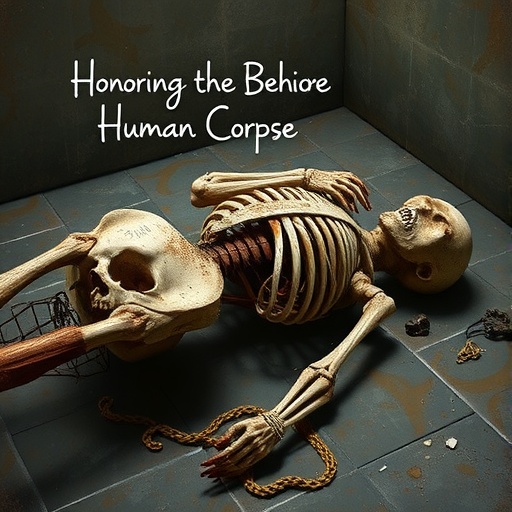
Credit: American College of Emergency Physicians
WASHINGTON — An electronic sepsis alert using a combination of vital signs, risk factors and physician judgment to identify children in a pediatric emergency department with severe sepsis reduced missed diagnoses by 76 percent. The results of the study, along with an accompanying editorial, were published online Friday in Annals of Emergency Medicine ("Improving Recognition of Pediatric Severe Sepsis in the Emergency Department: Contributions of a Vital Sign-Based Electronic Alert and Bedside Clinician Identification" and "Between the Devil and the Deep Blue Sea: Use of Real-Time Tools to Identify Children with Severe Sepsis in the Pediatric Emergency Department").
"Sepsis is a killer and notoriously difficult to identify accurately in children, which is why this alert is so promising," said lead study author Fran Balamuth, MD, PhD, MSCE, of Children's Hospital of Philadelphia, in Philadelphia, Pa. "Identifying the rare child with severe sepsis or septic shock among the many non-septic children with fever and tachycardia in a pediatric ER is truly akin to finding the proverbial 'needle in a haystack.' This alert, especially with the inclusion of physician judgment, gets us much closer to catching most of those very sick children and treating them quickly."
Researchers built a two-stage alert (ESA) and implemented it into the hospital's electronic health record (EHR). The first-stage alert is triggered when an age-based elevated heart rate or hypotensive blood pressure is documented in the EHR at any time during the emergency visit. If the patient also has a fever or risk of infection, the alert triggers a series of questions about underlying high risk conditions, perfusion and mental status. The second-stage alert triggers if there is an affirmative answer to any of these questions. When patients have positive first- and second- stage alerts, a "sepsis huddle" is triggered, which is a brief, focused patient evaluation and discussion with the treatment team, including the emergency physician.
"Clinical identification remains critically important to making this protocol successful in identifying and treating these sick children," said Dr. Balamuth.
Of the 1.2 percent of the patients with positive ESAs, 23.8 percent had positive huddles and were placed on the sepsis protocol. The protocol missed 4 percent of patients who later went on to develop severe sepsis, which researchers attribute to "patient complexity," especially among patients with developmental delays.
The accompanying editorial, by Andrea Cruz, MD, MPH of the Baylor College of Medicine in Houston, Texas states: "This ESA advances the field of sepsis recognition by integrating vital sign anomalies, comorbidities that increase a child's risk for sepsis, and clinical judgment into a tool that is both more sensitive and specific than prior alerts as well as less prone to alert fatigue."
###
Annals of Emergency Medicine is the peer-reviewed scientific journal for the American College of Emergency Physicians, the national medical society representing emergency medicine. ACEP is committed to advancing emergency care through continuing education, research, and public education. Headquartered in Dallas, Texas, ACEP has 53 chapters representing each state, as well as Puerto Rico and the District of Columbia. A Government Services Chapter represents emergency physicians employed by military branches and other government agencies. For more information, visit http://www.acep.org.
Media Contact
Julie Lloyd
[email protected]
202-370-9292
@emergencydocs
http://www.acep.org
Original Source
http://newsroom.acep.org/news_releases?item=122841 http://dx.doi.org/10.1016/j.annemergmed.2017.03.019
############
Story Source: Materials provided by Scienmag





